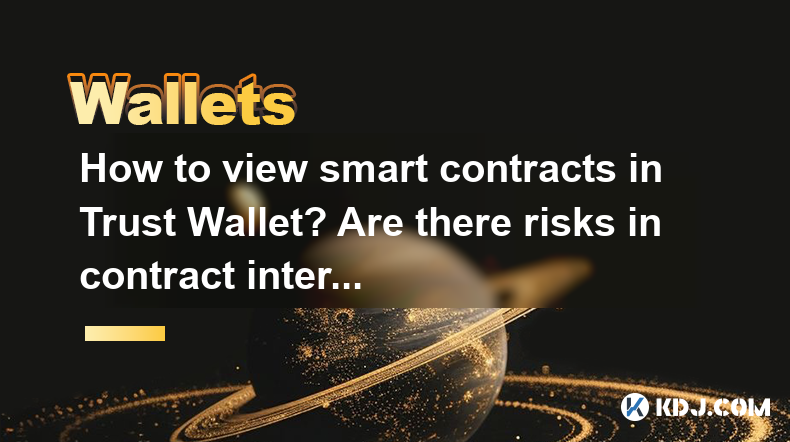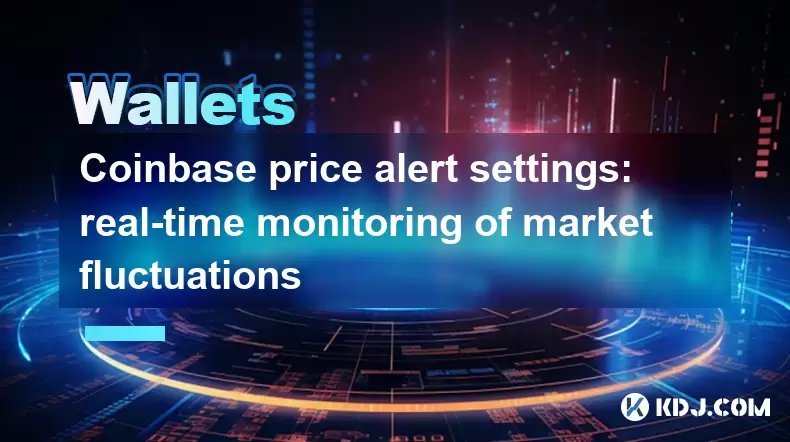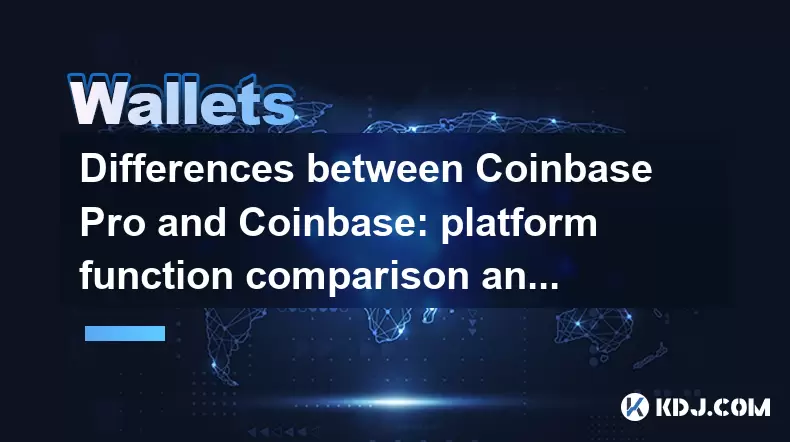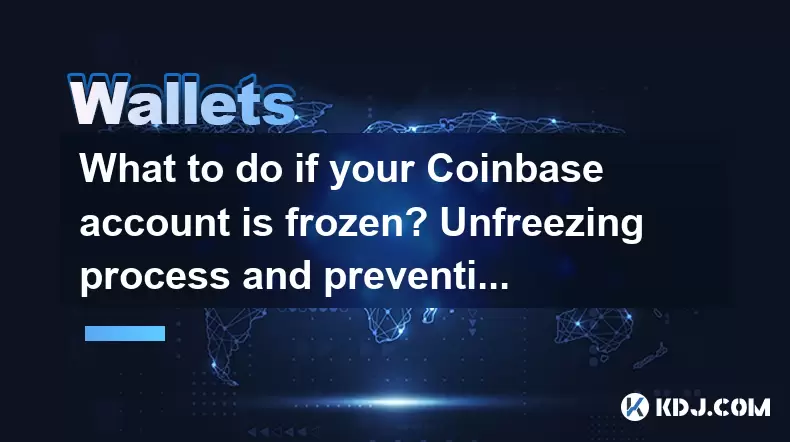-
 Bitcoin
Bitcoin $108,489.6704
1.13% -
 Ethereum
Ethereum $2,502.0528
2.92% -
 Tether USDt
Tether USDt $1.0002
0.00% -
 XRP
XRP $2.1941
0.51% -
 BNB
BNB $655.3375
1.00% -
 Solana
Solana $151.5977
1.27% -
 USDC
USDC $0.9999
0.00% -
 TRON
TRON $0.2768
0.32% -
 Dogecoin
Dogecoin $0.1676
2.86% -
 Cardano
Cardano $0.5675
0.98% -
 Hyperliquid
Hyperliquid $40.6109
7.48% -
 Bitcoin Cash
Bitcoin Cash $500.7746
2.09% -
 Sui
Sui $2.8328
2.03% -
 Chainlink
Chainlink $13.4452
1.26% -
 UNUS SED LEO
UNUS SED LEO $9.1623
0.39% -
 Avalanche
Avalanche $18.2267
2.24% -
 Stellar
Stellar $0.2382
0.00% -
 Toncoin
Toncoin $2.8885
1.68% -
 Shiba Inu
Shiba Inu $0.0...01159
0.91% -
 Litecoin
Litecoin $87.1827
0.88% -
 Hedera
Hedera $0.1511
2.90% -
 Monero
Monero $315.4992
-0.59% -
 Polkadot
Polkadot $3.4663
2.34% -
 Bitget Token
Bitget Token $4.6118
-0.65% -
 Dai
Dai $1.0000
-0.01% -
 Ethena USDe
Ethena USDe $1.0003
0.02% -
 Uniswap
Uniswap $7.2989
4.69% -
 Pepe
Pepe $0.0...01003
5.73% -
 Aave
Aave $275.5616
7.15% -
 Pi
Pi $0.5181
-2.49%
How to view smart contracts in Trust Wallet? Are there risks in contract interaction?
To view smart contracts in Trust Wallet, use the DApps browser to connect to a DApp, then find and verify the contract address on a blockchain explorer like Etherscan.
May 06, 2025 at 11:00 pm

How to View Smart Contracts in Trust Wallet? Are There Risks in Contract Interaction?
Trust Wallet is a popular mobile cryptocurrency wallet that supports a wide range of cryptocurrencies and tokens, including those based on smart contracts. Smart contracts are self-executing contracts with the terms of the agreement directly written into code. They run on blockchain platforms like Ethereum, and users often interact with them through decentralized applications (dApps). This article will guide you through the process of viewing smart contracts in Trust Wallet and discuss the potential risks associated with interacting with them.
Understanding Smart Contracts in Trust Wallet
Before diving into how to view smart contracts, it's essential to understand what they are and how they function within Trust Wallet. Smart contracts are programs stored on a blockchain that automatically execute when predetermined conditions are met. In Trust Wallet, you can interact with these contracts to perform various functions, such as token swaps, staking, and more.
Steps to View Smart Contracts in Trust Wallet
To view smart contracts in Trust Wallet, follow these detailed steps:
- Open Trust Wallet: Launch the Trust Wallet app on your mobile device.
- Navigate to the DApps Browser: Tap on the "DApps" icon at the bottom of the screen. This will open the DApps browser, where you can access various decentralized applications.
- Select a DApp: Choose a DApp that you want to interact with. For example, if you want to view a token's smart contract, you might select a DApp like Uniswap or PancakeSwap.
- Connect Your Wallet: Once you've selected a DApp, you'll need to connect your Trust Wallet to it. Tap on the "Connect" button and follow the prompts to authorize the connection.
- Access the Smart Contract: After connecting, navigate through the DApp to find the section where you can view the smart contract details. This might be under a "Contract" or "Token Info" section.
- View Contract Address: The smart contract address is usually a long string of characters. You can copy this address to view more details on a blockchain explorer like Etherscan or BscScan.
Verifying Smart Contracts
Verifying the authenticity of a smart contract is crucial before interacting with it. Here's how you can do it:
- Copy the Contract Address: From the DApp, copy the smart contract address as mentioned in the previous section.
- Visit a Blockchain Explorer: Open a blockchain explorer like Etherscan (for Ethereum) or BscScan (for Binance Smart Chain) in your web browser.
- Paste the Contract Address: Enter the copied contract address into the search bar of the blockchain explorer and hit enter.
- Check Contract Details: On the explorer, you'll see detailed information about the smart contract, including its source code, transaction history, and more. Look for a "Verified" status, which indicates that the contract's source code has been verified and is publicly available.
Risks Associated with Smart Contract Interaction
Interacting with smart contracts can be risky, and it's important to be aware of these risks:
- Code Vulnerabilities: Smart contracts are written in code, and like any software, they can have bugs or vulnerabilities. If a smart contract is exploited, it could lead to loss of funds.
- Phishing Scams: Malicious actors may create fake DApps or smart contracts to trick users into connecting their wallets and approving transactions that drain their funds.
- Rug Pulls: In some cases, developers may create a smart contract, attract users to invest, and then suddenly withdraw all the funds, leaving investors with worthless tokens.
- Unverified Contracts: Interacting with unverified smart contracts can be particularly risky, as you have no way to verify the code's integrity.
Best Practices for Safe Smart Contract Interaction
To minimize the risks associated with smart contract interaction, follow these best practices:
- Verify the Contract: Always verify the smart contract on a blockchain explorer before interacting with it. Look for a "Verified" status and review the source code if possible.
- Use Trusted DApps: Stick to well-known and reputable DApps. Research the DApp and its developers before connecting your wallet.
- Start Small: When interacting with a new smart contract, start with small amounts to test its functionality and reliability.
- Keep Software Updated: Ensure that your Trust Wallet app and any DApps you use are up to date to protect against known vulnerabilities.
- Be Wary of Approvals: Be cautious when approving transactions, especially those that request unlimited allowances. Always review the transaction details carefully.
Frequently Asked Questions
Q: Can I view smart contracts directly within the Trust Wallet app without using a DApp?
A: No, Trust Wallet does not currently offer a feature to view smart contracts directly within the app. You need to use the DApps browser to connect to a DApp and then view the smart contract details.
Q: Is it safe to interact with smart contracts on the Binance Smart Chain?
A: Interacting with smart contracts on any blockchain, including the Binance Smart Chain, carries risks. However, by following best practices such as verifying contracts and using trusted DApps, you can minimize these risks.
Q: What should I do if I suspect a smart contract I've interacted with is malicious?
A: If you suspect a smart contract is malicious, immediately disconnect your wallet from the DApp, and do not approve any further transactions. Report the issue to the DApp's developers and consider seeking help from a blockchain security expert.
Q: Can I revoke permissions granted to a smart contract in Trust Wallet?
A: Yes, you can revoke permissions granted to a smart contract using tools like Revoke.cash. You'll need to connect your wallet to the Revoke.cash website and follow the instructions to revoke any unwanted allowances.
Disclaimer:info@kdj.com
The information provided is not trading advice. kdj.com does not assume any responsibility for any investments made based on the information provided in this article. Cryptocurrencies are highly volatile and it is highly recommended that you invest with caution after thorough research!
If you believe that the content used on this website infringes your copyright, please contact us immediately (info@kdj.com) and we will delete it promptly.
- Ripple, Stablecoin, Adoption: RLUSD Leading the Charge
- 2025-06-30 14:30:12
- Bitcoin ETF, IBIT, and the Bull Flag: Is $144,000 on the Horizon?
- 2025-06-30 14:50:12
- Bitcoin, Passive Income, and a Bull Raise: Riding the Crypto Wave
- 2025-06-30 14:30:12
- Bitcoin, Personal Loans, and Omega 88: A New Era in Lending?
- 2025-06-30 15:09:14
- Saylor's Strategy: How MicroStrategy's Bitcoin Bet is Reshaping Finance
- 2025-06-30 14:52:14
- Metaplanet's Bitcoin Blitz: From Zero to Hero in the Corporate Treasury Race
- 2025-06-30 15:10:54
Related knowledge

Coinbase price alert settings: real-time monitoring of market fluctuations
Jun 29,2025 at 07:00am
Setting Up Coinbase Price AlertsTo begin real-time monitoring of market fluctuations on Coinbase, users can utilize the built-in price alert feature. This function allows you to receive notifications when a cryptocurrency reaches a specific price point. To access this setting, open the Coinbase app or log in via the web platform. Navigate to the 'Prices...

How to stake cryptocurrencies on Coinbase? Benefits and risks
Jun 27,2025 at 06:36pm
Understanding Cryptocurrency Staking on CoinbaseStaking cryptocurrencies involves locking up digital assets to support the operations of a blockchain network, typically in return for rewards. Coinbase, one of the most popular cryptocurrency exchanges globally, offers staking services for several proof-of-stake (PoS) coins. Users can stake their holdings...

Differences between Coinbase Pro and Coinbase: platform function comparison and analysis
Jun 29,2025 at 08:21am
Overview of Coinbase and Coinbase ProWhen exploring the cryptocurrency trading landscape, users often encounter two platforms under the same parent company: Coinbase and Coinbase Pro. While both are operated by the same organization, they cater to different types of users and offer varying features. Coinbase is primarily designed for beginners and casua...

What to do if your Coinbase account is frozen? Unfreezing process and preventive measures
Jun 30,2025 at 03:49am
Understanding Why Your Coinbase Account Might Be FrozenIf your Coinbase account is frozen, it typically indicates that the platform has detected suspicious activity or potential violations of its terms of service. This could be due to a variety of reasons such as unusual login attempts, high-risk transactions, or incomplete verification steps. Coinbase ...

How to contact Coinbase customer service? Support channels and response times
Jun 28,2025 at 01:29pm
Contacting Coinbase Customer Service: Support Channels and Response TimesIf you're a user of Coinbase, reaching their customer service team may become necessary for various reasons, such as account verification issues, transaction disputes, or technical difficulties. Understanding the different support channels available and what to expect in terms of r...

Coinbase advanced trading function usage tutorial: limit orders and market orders
Jun 28,2025 at 09:07pm
Understanding the Difference Between Limit Orders and Market OrdersWhen using Coinbase's advanced trading features, it is crucial to understand the fundamental difference between limit orders and market orders. A market order executes immediately at the best available price on the market. This type of order ensures that your trade goes through quickly, ...

Coinbase price alert settings: real-time monitoring of market fluctuations
Jun 29,2025 at 07:00am
Setting Up Coinbase Price AlertsTo begin real-time monitoring of market fluctuations on Coinbase, users can utilize the built-in price alert feature. This function allows you to receive notifications when a cryptocurrency reaches a specific price point. To access this setting, open the Coinbase app or log in via the web platform. Navigate to the 'Prices...

How to stake cryptocurrencies on Coinbase? Benefits and risks
Jun 27,2025 at 06:36pm
Understanding Cryptocurrency Staking on CoinbaseStaking cryptocurrencies involves locking up digital assets to support the operations of a blockchain network, typically in return for rewards. Coinbase, one of the most popular cryptocurrency exchanges globally, offers staking services for several proof-of-stake (PoS) coins. Users can stake their holdings...

Differences between Coinbase Pro and Coinbase: platform function comparison and analysis
Jun 29,2025 at 08:21am
Overview of Coinbase and Coinbase ProWhen exploring the cryptocurrency trading landscape, users often encounter two platforms under the same parent company: Coinbase and Coinbase Pro. While both are operated by the same organization, they cater to different types of users and offer varying features. Coinbase is primarily designed for beginners and casua...

What to do if your Coinbase account is frozen? Unfreezing process and preventive measures
Jun 30,2025 at 03:49am
Understanding Why Your Coinbase Account Might Be FrozenIf your Coinbase account is frozen, it typically indicates that the platform has detected suspicious activity or potential violations of its terms of service. This could be due to a variety of reasons such as unusual login attempts, high-risk transactions, or incomplete verification steps. Coinbase ...

How to contact Coinbase customer service? Support channels and response times
Jun 28,2025 at 01:29pm
Contacting Coinbase Customer Service: Support Channels and Response TimesIf you're a user of Coinbase, reaching their customer service team may become necessary for various reasons, such as account verification issues, transaction disputes, or technical difficulties. Understanding the different support channels available and what to expect in terms of r...

Coinbase advanced trading function usage tutorial: limit orders and market orders
Jun 28,2025 at 09:07pm
Understanding the Difference Between Limit Orders and Market OrdersWhen using Coinbase's advanced trading features, it is crucial to understand the fundamental difference between limit orders and market orders. A market order executes immediately at the best available price on the market. This type of order ensures that your trade goes through quickly, ...
See all articles

























































































